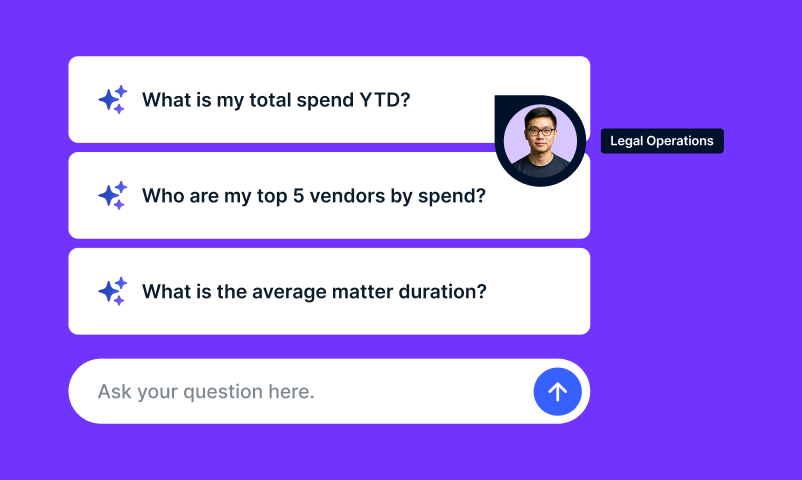A Request for Proposal (RFP) is a powerful tool for legal departments to streamline their work and to meet the growing corporate demand to “do more with less.” In our blog “What is a Request for Proposal,” we have introduced some key functions of an RFP tool and summarized the information typically included. If the term RFP is new to you, feel free to read this blog first. Let’s start by exploring the advantages smart RFP tools offer in-house legal teams (and their law firms).
THE BENEFITS FORMAL RFP FUNCTIONS OFFER CLIENTS
Traditionally, law firms would respond to a request for a quotation for legal work in various formats – e-mail, a written document, or even a phone call. Obviously, from a client’s perspective, this has several drawbacks. At the top of the list is that the client has difficulty reviewing the different proposals and identifying the best provider for this legal work. Having an RFP procedure in place, as offered with our legal spend management solution BusyLamp, allows the client to see all the law firms’ proposals together – meaning there is a consistent and single source of truth. Further, the in-house team can have a visual representation of the different quotes – showing things like the resources proposed, the split of partner and associate involvement, the rates and hours for these timekeepers, the average hourly rate, total estimated costs/expenses, and an overall time frame for the matter thus allowing easy comparison and review of the quotes. It will also allow the law firm to propose an alternative charging arrangement if required, including doing the work for a fixed or capped fee.
Crucially from a risk perspective, using a purpose-built RFP application also allows the client to see an audit trail of the process. This point is essential, as using software to support the procurement process enables the client to demonstrate that an “even-handed” decision has been made. This evidence can be used to justify the final decision, offering important safeguards for everyone involved in the proposal/procurement process.
Finally, we should look at some unexpected benefits after seeing law firms use this technology. RFPs allow legal departments to quantify the results of their negotiations with law firms and thus make them visible. For example, they can reduce the time spent by their timekeepers during the RFP process and show the savings later in their reports. One key area is that the client can monitor those firms who are consistently under or over-bidding in their proposals – for whatever reason – and perhaps review why; for example, is the client allowing enough time for the response to be prepared appropriately, or does the law firm lack the necessary resources to present a convincing and detailed proposal? The client can also collect valuable data for each law firm. This will be invaluable in relationship negotiations and allow a sensible conversation with law firms based on accurate data.
As previously noted, using RFP technology means that the client can hold all proposal information in one secure place, retain all previous proposals, and monitor how law firms have performed by comparing actual costs versus estimates. Also, this application allows in-house lawyers to share documents with law firms in a secure and controlled manner and aids the client in building a centralized pricing knowledge repository.
Request a demo of eBilling.Space today and see our RFP functionality for yourself.




